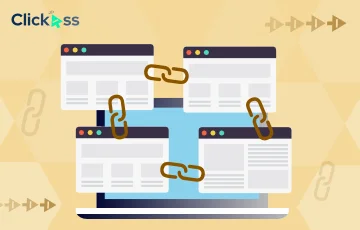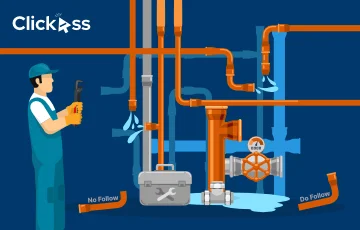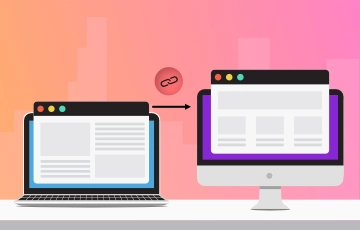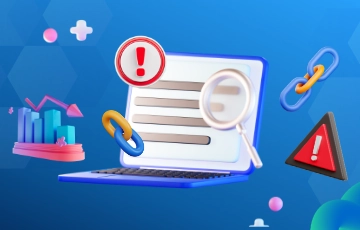⏰ 60-Second Summary
- Prioritize contextual links placed inside relevant content—they carry more SEO weight than sitewide or sidebar links.
- Audit your content before outreach—only pages with unique value, clarity, or data stand a chance of earning links.
- Use competitor backlink data to find realistic, high-probability linking opportunities that don’t waste time.
- Track outcomes, not just links—focus on referral traffic, rankings, and page-level impact to know what’s working.
For years, SEO felt like a numbers game. More backlinks meant higher rankings—until it didn’t. Google got smarter, and now, it’s all about relevance. Contextual link building has become the go-to strategy for websites that want to rank without playing dirty.
When placed inside relevant, high-quality content, they pass far more value than links buried in sidebars or footers. That’s why smart marketers are shifting away from spammy tactics and focusing on links that matter.
If you’re just starting, this guide breaks down what contextual backlinks are, why they work, and how to get them, without overcomplicating the process.
Understanding Contextual Link Building
Not all backlinks are created equal. What separates a throwaway link from one that moves the needle? Context. Let’s get into what this means:
What Are Contextual Links?
Contextual links are hyperlinks placed naturally within relevant content, like a blog post, article, or guide, where they provide additional information or value to the reader.
Unlike footer or sidebar links, they’re surrounded by related text, making them more meaningful. Search engines view these links as more trustworthy, which gives them greater SEO weight. They help pages rank higher without needing large volumes of weak backlinks.
Here’s how contextual links stand apart from generic ones—and why search engines treat them differently:
Link Type | Placement Example | Contextual Relevance | SEO Impact |
Contextual Link | “…as shown in this [guide on manual outreach strategies]…” | ✅ High | ⭐⭐⭐⭐ |
Non-Contextual Link | Footer link saying “[Click here] for SEO help” | ❌ Low | ⭐ |
Benefits of Contextual Link Building
A study referenced by Backlinko found that top-ranking pages on Google have 3.8 times more backlinks than those in positions two or three. Contextual backlinks are more effective because they appear within relevant content that search engines and users already trust. When done right, this approach leads to several measurable advantages, like:
- Websites often rank higher on search engine positioning, since contextual links signal stronger topical relevance.
- Referral traffic increases, as users are more likely to click on links that feel natural and helpful within the content.
- Domain authority improves, especially when those links come from established, high-authority websites.
- Bounce rates tend to drop since users are engaging with relevant pages instead of clicking away.
- Content visibility expands over time, as quality backlinks help pages stay indexed and appear in more keyword variations.
Unlock higher rankings with our free backlink video audit today Curious how your backlink profile stacks up? Here’s a free personalized video audit for you to uncover what’s helping—and hurting—your rankings. |
Step-by-Step Guide to Building Contextual Links
You can’t just throw a link into a blog post and hope for results. Contextual link building works when every step, from content to placement, is intentional.
1. Identify Link-Worthy Content
Before you start asking for links, make sure you’re giving people a reason to link to you.
Start with a content audit.
Look for pages that already get some traffic, rank for keywords, or answer questions your audience cares about. These are usually your best bets.
If nothing stands out, it’s time to create something better—content that doesn’t just inform but stands out as a source.
Think data-driven pieces, controversial opinions backed by facts, or resources that simplify a messy topic.
Use this quick checklist to assess content worth linking to:
How to Know if Your Content Deserves a Backlink✅ Is the page targeting a specific topic or question? ✅ Does it include up-to-date data, visuals, or examples? ✅ Is it solving a real problem or simplifying something complex? ✅ Is it unique compared to what’s already ranking? ✅ Would you link to it if you were writing on the topic? |
2. Prospect Relevant Websites
Once you’ve got link-worthy content, the next move is to find websites that would genuinely want to reference it.
The most efficient way to do this is by analyzing where your competitors are already earning links.

Tools like Ahrefs or SEMrush let you reverse-engineer any site’s backlink profile. Start with your top-ranking competitors and filter by link type, domain rating, and content relevance. You’ll uncover websites already linking to similar content, which means they’re far more likely to link to yours.
💡 Pro Tip: Make a shortlist of prospects that are not only high-authority but also active sites that publish regularly and engage with niche content. This avoids wasting outreach efforts on dormant domains. |
3. Craft Personalized Outreach Messages
Outreach that works doesn’t feel like outreach. If your message reads like it was blasted to 200 websites, it’s already in the trash. Before hitting send, take 10 minutes to scan the site:
- What topics do they cover?
- What tone do they use?
- Have they linked to similar resources?
Tailor your email around that. Mention a specific article, reference a point they made, or align your content with something they’ve recently published. The goal isn’t to ask for a link—it’s to show why your content improves theirs.
Example: Subject: Quick addition to your [topic] article Hey [Name], I came across your article on [specific topic]—great breakdown, especially the section on [mention a detail]. I recently published something that expands on that point with updated research: [URL]. Might be a useful addition if you’re updating or expanding that post. Either way, enjoyed the read. Best, [Your Name] |
4. Utilize Guest Posting
Guest posting is still one of the most effective ways to earn contextual backlinks, but only if the content feels native to the host site. Avoid generic pitches like “Can I write for your blog?
Instead, propose a topic that fits their editorial tone and subtly includes your link in a way that adds value.
The key isn’t promotion—it’s contribution.
Skip overdone topics like “10 SEO Tips” unless you have new data or a niche angle. Firsthand experience, practical case studies, or unique insights make your pitch stand out and increase the odds of landing a high-quality link.
Here’s a quick comparison of the top guest posting platforms:
Platform | Use Case | Pros | Cons |
Discover trending content & authors to pitch guest posts | Great for content research and identifying proven topics | Limited to content discovery—no outreach features | |
Manage outreach and build guest posting campaigns | Automates follow-ups and tracks outreach performance | Expensive and complex setup for solo SEOs | |
Find guest post-friendly sites via Content Explorer and backlinks | Robust data on domain authority and link value | No direct outreach tool included | |
Outreach to bloggers & influencers for guest post opportunities | All-in-one outreach solution with templates & CRM features | Can be expensive; contact data sometimes outdated | |
Connect with journalists & publications (expert quotes, not posts) | High authority exposure; potential for major media links | Not traditional guest posting; more PR-style visibility |
5. Leverage Broken Link Building
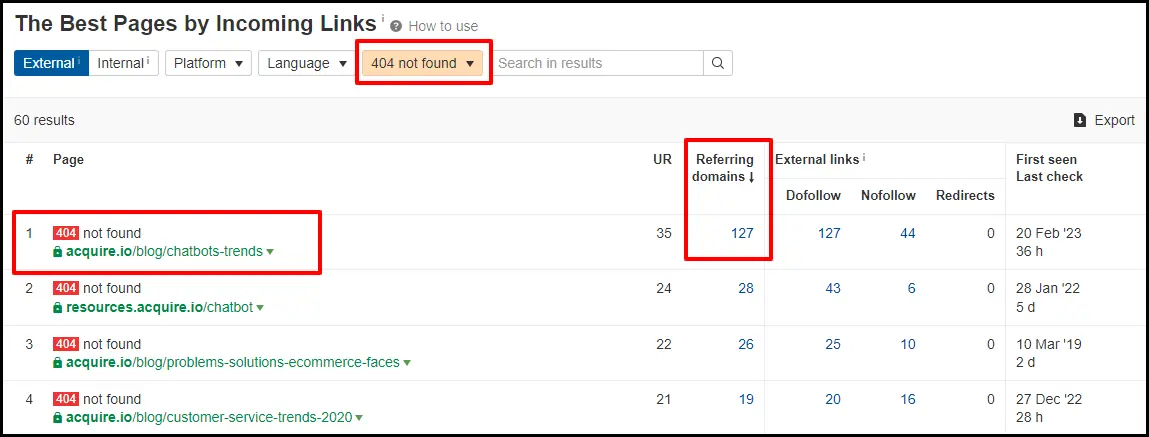
Most guides just say, “Find a dead link, offer yours.” That’s not a strategy—it’s a sentence. The real value in broken link building comes from thinking like a site editor, not just a link builder.
Here’s how to actually make it work:
- Find targets with intent: Use Ahrefs’ Broken Backlinks report or run “Check My Links” on resource-heavy blog posts in your niche.
- Don’t pitch junk: Create or adapt content that directly replaces the broken resource—same subject, updated data, tighter formatting.
- Map link clusters: Once you find a broken link with multiple referring domains, plug that URL into a backlink checker and hit each site. A single broken page can unlock several links if you move quickly.
- Use angles site owners care about: Instead of “I found a broken link,” try “Noticed a 404 in your top traffic post—happy to help patch it.”
📚Read more: Backlink Management Guide: Unlocking Top Tools and Strategies |
6. Engage in Community Participation
Participating in forums like Reddit or Quora can earn valuable contextual links—if done right.
Focus on niche-specific threads and offer helpful, non-promotional answers.

Build trust first.
Only link when your content directly supports the discussion. This approach builds authority, avoids spam filters, and results in links that matter.
Tools to Facilitate Contextual Link Building
Contextual link building isn’t guesswork—it’s a repeatable system if you’re using the right stack. The tools below don’t just make the job easier—they give you leverage. They let you scale precision, not just output.
1. Ahrefs: For Mapping Competitor Link Gaps
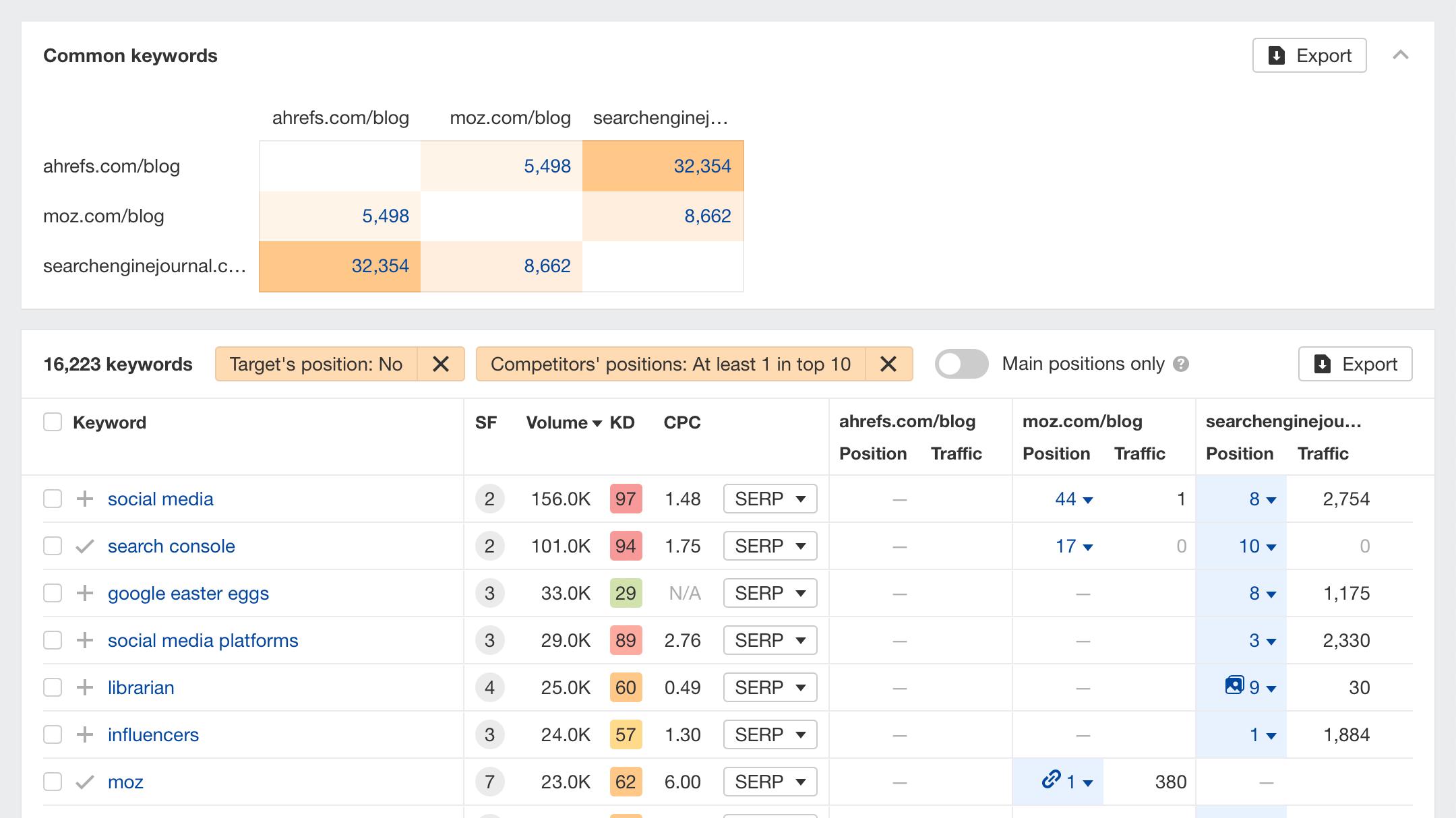
Ahrefs is still the most practical tool for reverse-engineering what’s working for your niche-relevant backlinks. The real edge lies in using the “Link Intersect” feature, which shows sites linking to your competitors—but not to you.
This isn’t just about chasing links. It’s about identifying which types of content are earning trust across multiple domains and reverse-engineering those patterns for your own strategy.
2. SEMrush: For Opportunity Spotting
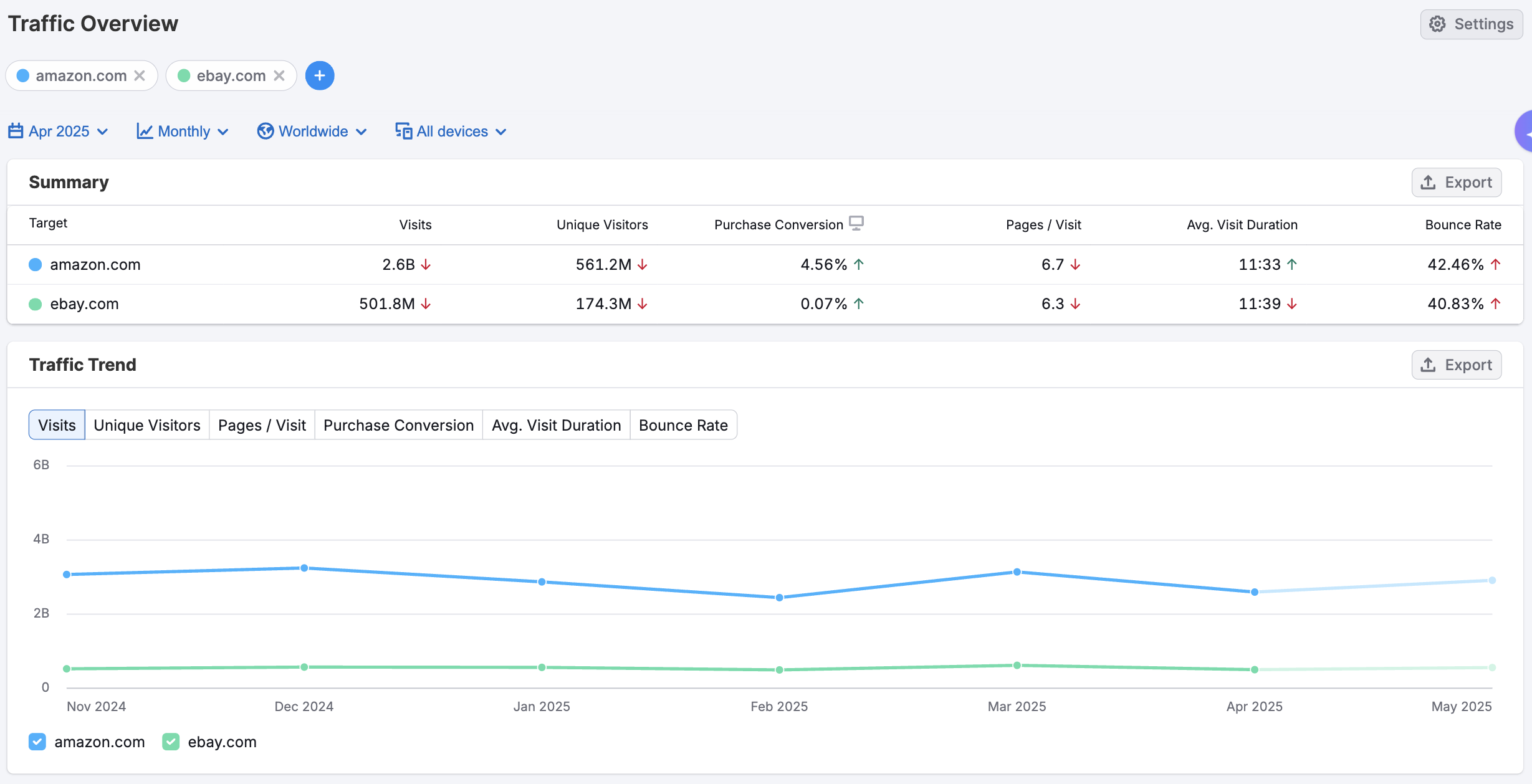
SEMrush gives you a broader look at industry trends and content gaps. One overlooked use: run a Keyword Gap Analysis and then filter by competitors’ top pages with backlinks.
From there, pair the backlink data with organic traffic figures to surface links that actually move rankings, not just sit there.
3. Hunter.io: For Finding Decision-Makers
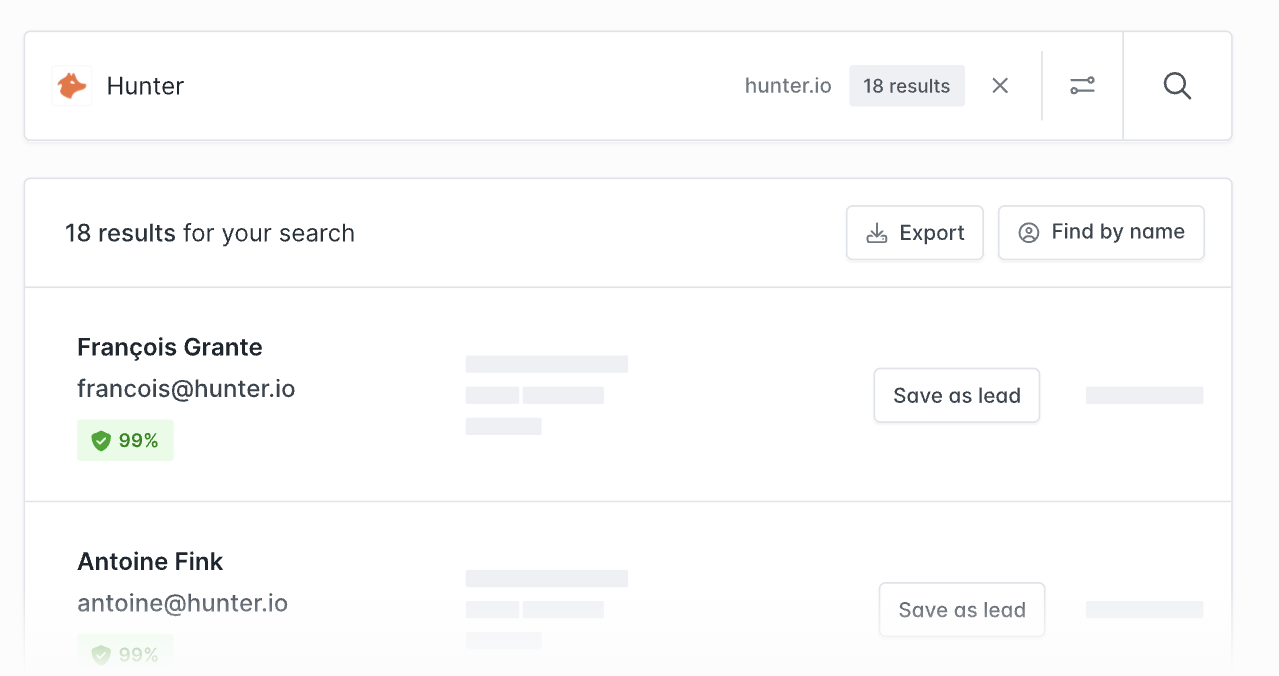
Alt text: Hunter.io dashboard displaying extracted email contacts from targeted domains
Hunter cuts the time it takes to find outreach targets. But the real value is when you combine it with custom scraping.
For instance, scrape a list of top resource pages, run them through Hunter, and build a contact list segmented by content type—guides, tools, glossaries, etc.—so your pitch actually speaks to what they publish.
4. BuzzStream: For Outreach at Scale

Most link-building outreach fails because it’s rushed and robotic. BuzzStream lets you manage personalized campaigns while keeping your process tight.
It’s especially useful for testing subject lines and response rates by persona—agency site owners, in-house marketers, publishers—so you’re not sending the same email to everyone and wondering why no one replies.
📚Read more: Link Building 101: Master The Basics and Beyond |
4 Common Mistakes to Avoid
Most link-building campaigns don’t fail because of a lack of effort—they fail because the approach is flawed from the start. Here’s what to stop doing, and how to correct course.
🧯 Mistake #1: No Personalization, No Point
Mass outreach without targeting kills your chances immediately. This email doesn’t reference the recipient, the site’s content, or anything unique. It’s just a one-size-fits-all request.
See this example for instance:

This kind of message feels like it was sent to a hundred inboxes with no regard for fit. Direct and aggressive phrases here show zero effort to connect or provide value. It’s transactional at best, and spammy at worst.
📎 Mistake #2: Pitching Irrelevant Sites
Personalization fails hard when you can’t even get the name right. Add in a canned line about LinkedIn, and you’ve got a template that’s been blindly sprayed across dozens of inboxes.
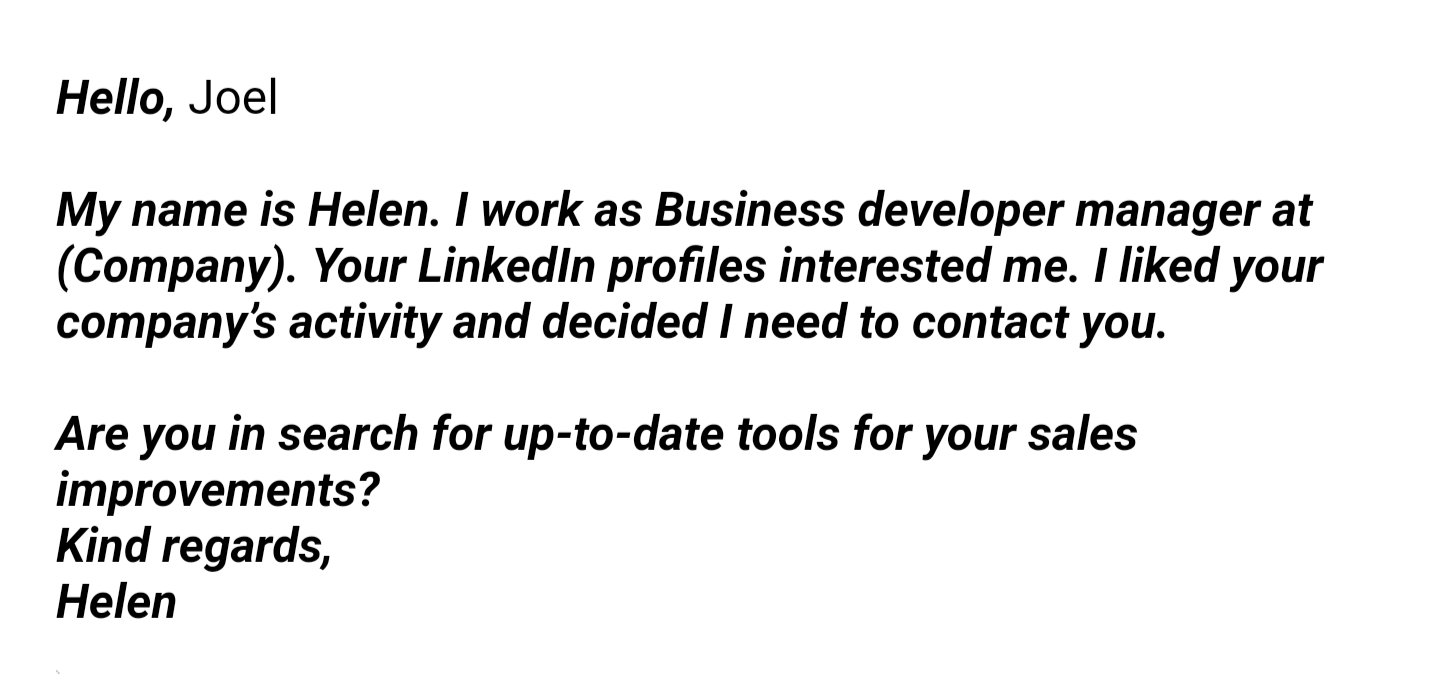
Even though the sender tries to sound interested, there’s no real hook or reference to the recipient’s business. It’s a generic pitch hiding behind a fake compliment—one that most people will ignore instantly.
🔇 Mistake #3: Overly Corporate, No Real Hook
Corporate jargon doesn’t belong in cold outreach. For instance, the following email opens like a press release—listing services, location data, and platform names—without ever explaining what the sender wants from the recipient.
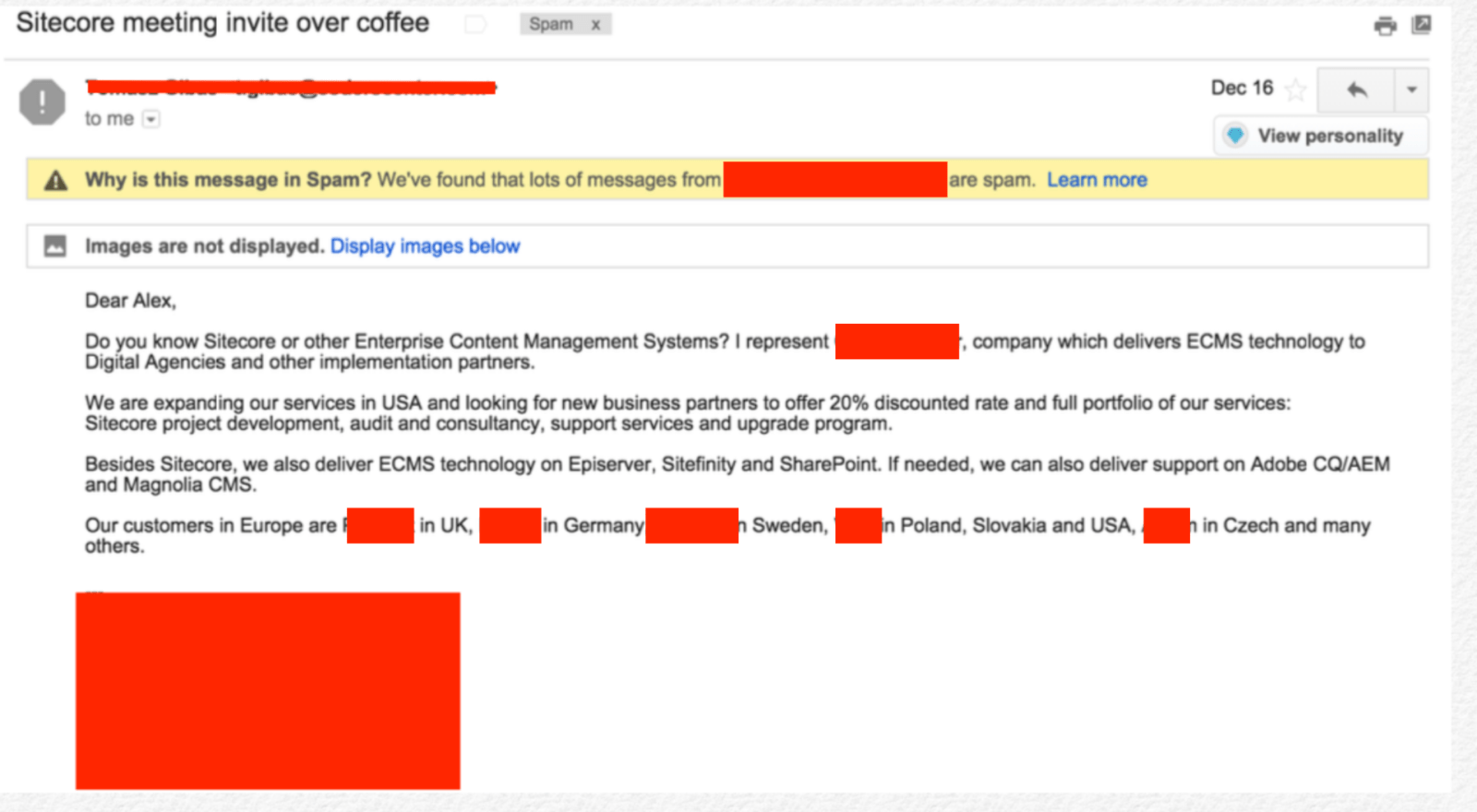
It reads like a pitch from someone trying to look important, not someone trying to build a relationship. If you’re aiming for a backlink or collaboration, this kind of information overload only creates distance.
📝 Mistake #4: Rambling with No Direction
Trying to be friendly is good, but not when your message is padded with fluff, typos, and vague claims. This outreach example tries to sound warm and personal but ends up feeling scattered.
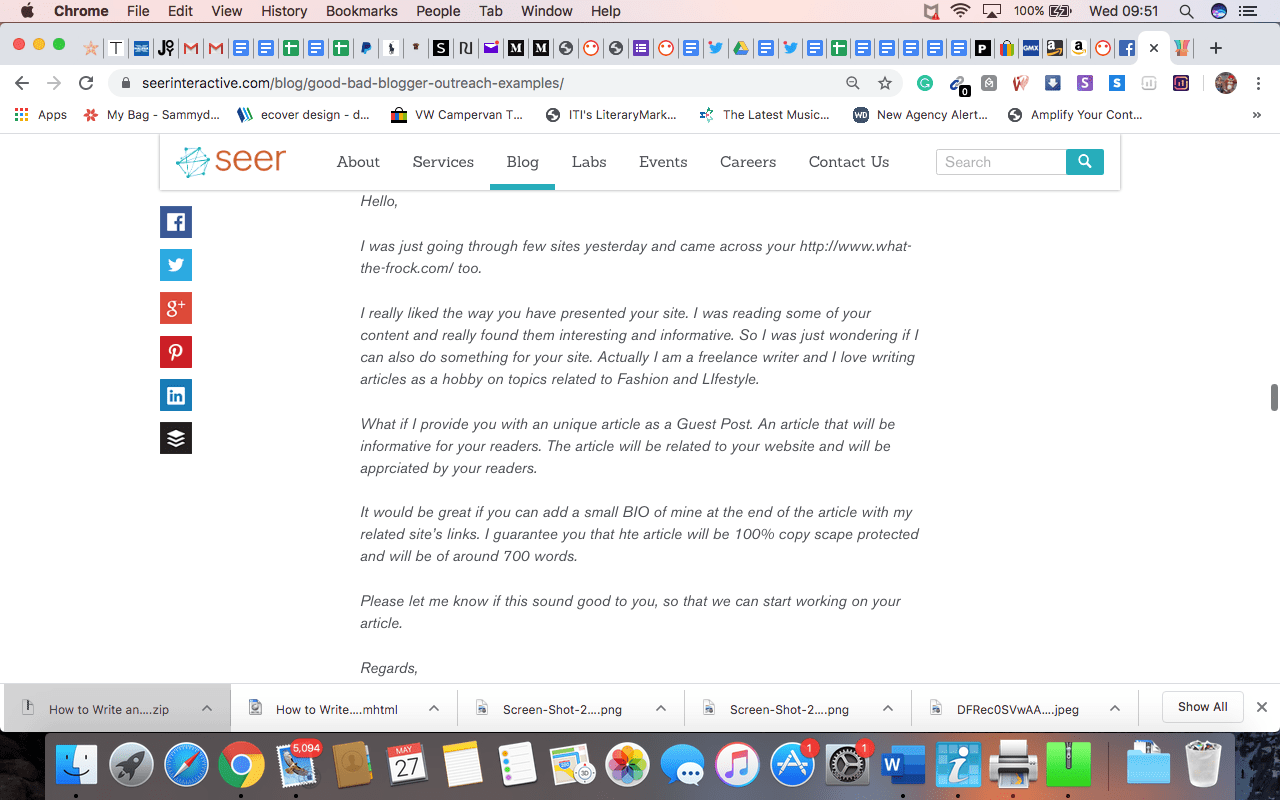
There’s no real structure or clear call to action. Readers are left wondering what’s being offered and why they should care. If your pitch takes this long to get to the point, most recipients will never finish it.
Measuring the Success of Your Link Building Efforts
Link building isn’t a guessing game—you either see movement, or you don’t. But knowing where to look matters just as much as what to build. Vanity metrics, such as raw backlink count, won’t tell you if your strategy is working.
Instead, focus on what actually signals growth.
Start by tracking referral traffic from acquired backlinks. If people are clicking through, your links are placed well. Then monitor keyword rankings, especially for pages where links were placed.
Did they climb? Flatten? Drop?
These shifts tell you whether those backlinks are pulling weight or just sitting there.
Tools like Ahrefs, Google Search Console, and Google Analytics provide a clearer picture when combined and used together.
Here’s a quick brief on what to track and where:
Metric | What It Tells You | Where to Track |
Referral Traffic | If users are engaging with your backlinks | Google Analytics |
Keyword Rankings | How links impact visibility in SERPs | Google Search Console, Ahrefs |
Domain Authority | Long-term authority growth across your domain | Moz, Ahrefs |
Link Indexing Status | Whether Google has crawled and recognized links | Google Search Console |
Page-Level Performance | Which linked pages are gaining traction | Google Analytics, Ahrefs |
FAQs
- Is contextual link building still effective in 2025?
Yes. Links placed naturally within relevant content still carry strong weight in search algorithms and drive meaningful traffic.
- How long does it take to see results?
Expect to see movement in 3–6 months, depending on the quality of your content, links, and competition level.
- Can beginners do this effectively?
Yes—but not by winging it. Learn the basics, use solid tools, and take a structured approach. It’s doable without an agency.
- Are there any risks involved?
Only if you cut corners. Spammy tactics, irrelevant placements, and buying low-quality links can backfire. Stick to relevance and quality.
- How many backlinks do I need?
There’s no magic number. One strong backlink on a well-ranking, relevant page often outperforms 50 weak ones. Focus on quality over volume.
Final Thoughts
Contextual link building isn’t just another tactic—it’s how modern SEO earns trust, relevance, and visibility.
If your links live inside real content, on the right pages, for the right audience, they do more than move rankings—they earn them. Now that you’ve got the framework, tools, and strategy, all that’s left is execution.
About The Author
Sanjoli Jain
Content writer and strategist with over 5 years of experience helping SaaS brands grow through research-backed storytelling and SEO. I enjoy unpacking dense SEO topics and shaping them into content that moves the needle. You'll always find me chasing the sweet spot between clarity, strategy, and search performance.
Table of Contents
ToggleRelated Posts
SaaS Link Building Playbook for Faster SEO Wins
How to Choose the Right White Label Link Building Partner for Your SaaS SEO Agency
Forum Backlinks in 2025: Strategy, Risks & Truth
13 Cold Email Tweaks That Improved Backlink Outreach (Backed by Experts)
Domain Rating vs Domain Authority – What SEOs Should Focus On
Leading White Label Backlink Services: Ranked & Reviewed
Relevant Links Guide: Master Contextual Backlinks Today
Manual Link Building in 2025: A Human-First Guide
Contextual Link Building in 2025: A Practical SEO Guide That Works
Mastering International Link Building in 2025
Beyond DR: Real Link Building Metrics That Actually Work
10 Proven Ways to Sell Backlinks and Earn $30K a Year
How To Earn Natural Backlinks Without Cold Emails
The Ultimate Guide to Organic Link Building in 2025: Future-Proof Your SEO
Top AI-Powered Link Building Trends for 2025 [From 15 Experts]
Link Prospecting Guide: Find High-Quality Backlinks
Inbound Link: What it is & How It Affects Your SEO Rankings?
Backlink Management Guide: Unlocking Top Tools and Strategies
CTR Manipulation: Discover Ethical SEO Alternatives
Niche Relevant Backlinks: Comprehensive Guide (2025)
White Label Link Building 101: A Guide for SEO Agencies
10+ Niche Driven SEO Strategies to Boost Your Traffic & Revenue
How to Check Who Links to My Site Or Any Site for Better SEO?
What Are Editorial Links? (+ How to Earn Them)
Link Building Checklist (2025): Smart Strategies for SEO Pros
20+ Link Building Benefits for SEO Mastery and Growth
Unlocking the Power of Reciprocal Links in 2025: Strategies for SEO Success
13 Link Building Challenges & How to Overcome Them
16 Link Building Mistakes to Avoid in 2024
What Are PBN Backlinks? (And Why You Shouldn’t Use Them)
Analyzing Your Backlink Profile for SEO & 2 Perfect Examples
10 Ways to Index Backlinks Faster in 2024
Nofollow vs. Dofollow Backlinks: Understanding Their SEO Implications
Tiered Link Building: Everything You Need to Know
What is Link Equity and How Is It Determined?
Link Building 101: Master The Basics and Beyond
The Power of Backlinks: Why They Are Essential for SEO Success
Link Insertion: How to Do it with $0 Investment?
Everything You Need to Know About Link Farming
9 Underrated Techniques to Get High Authority Backlinks in 2024
Doorway Page Explained: Ultimate Effects on SEO And Rankings
Top of Funnel Marketing For SaaS: Strategies, Measurement, and Examples
Link Building Outsourcing: The Definitive Guide [2023]
8 Cost-Effective Ways to Get You Higher Search Engine Rankings
An Ultimate Guide to Growth Marketing





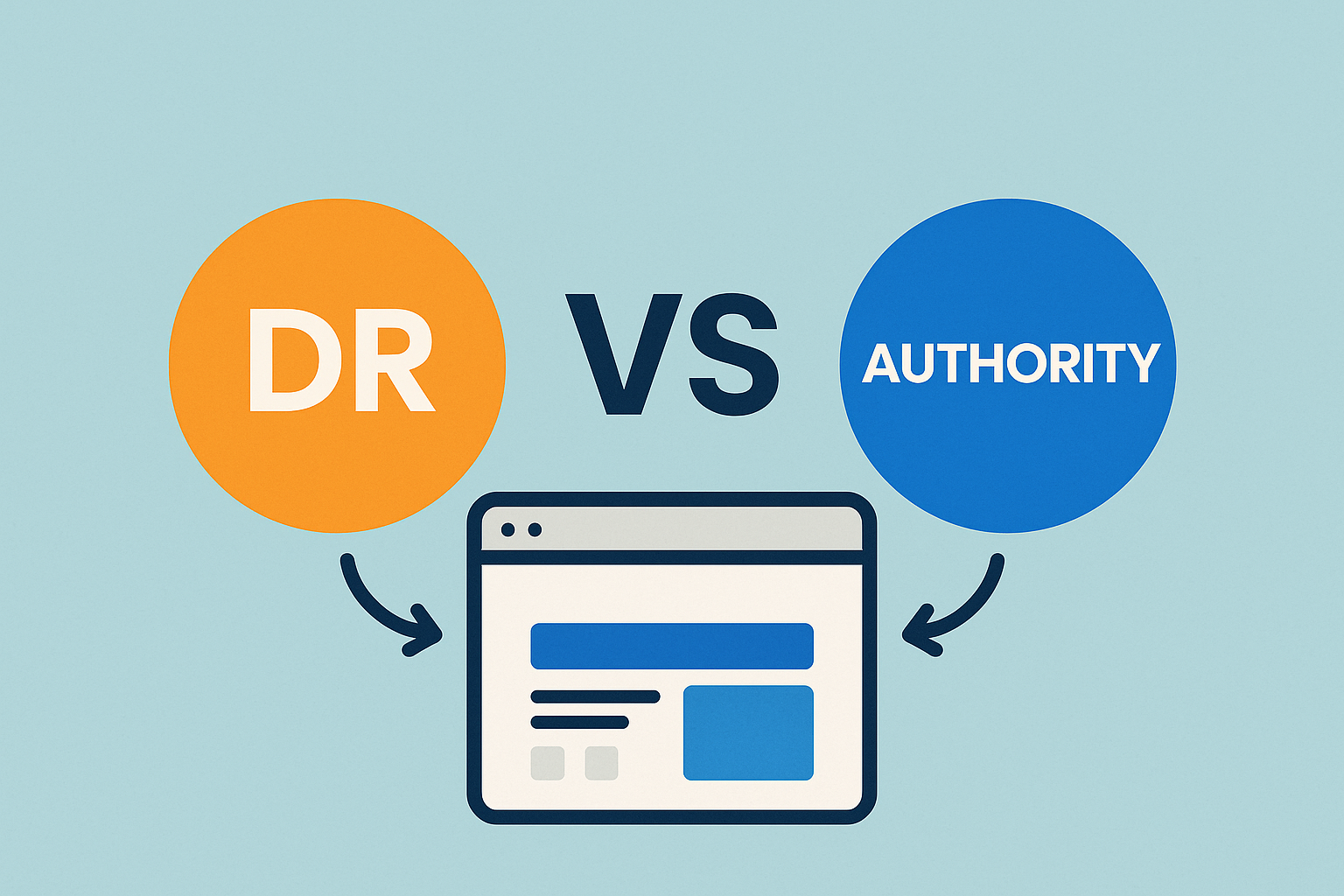
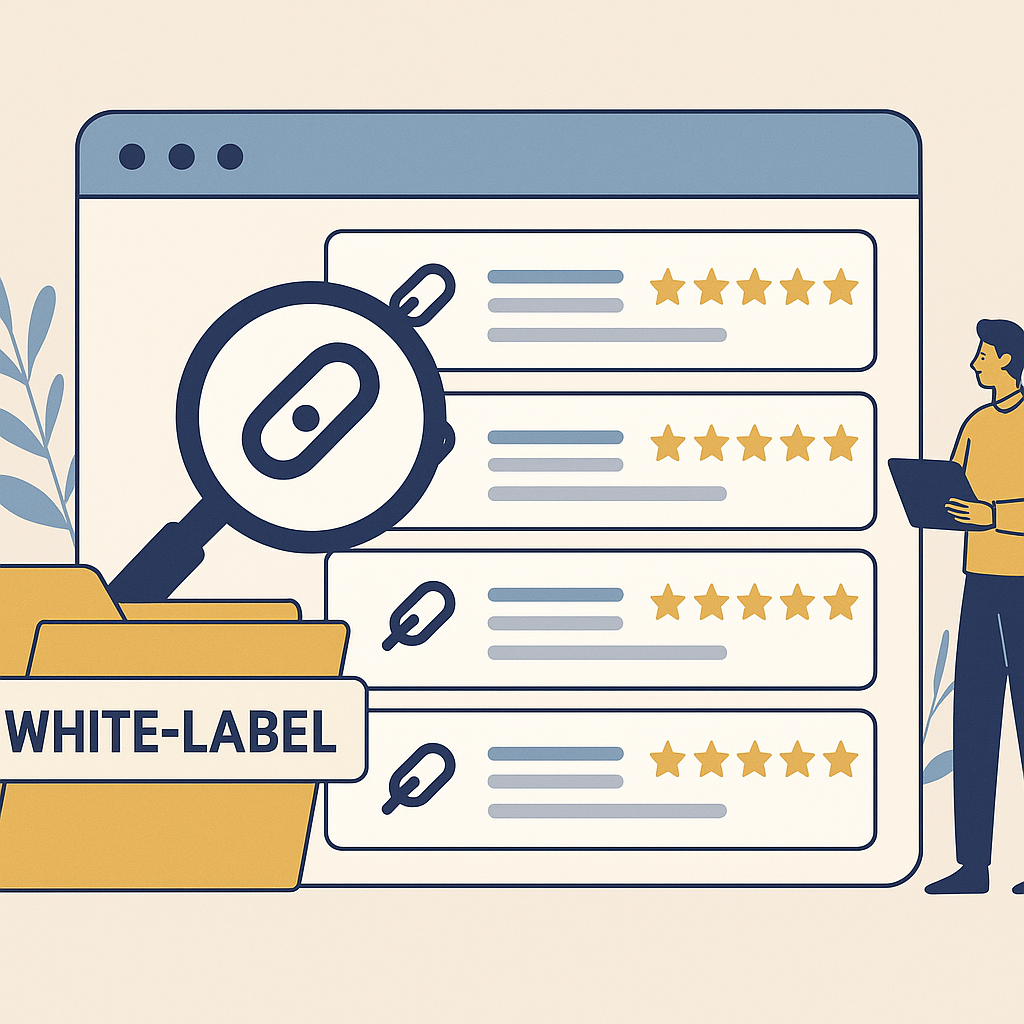


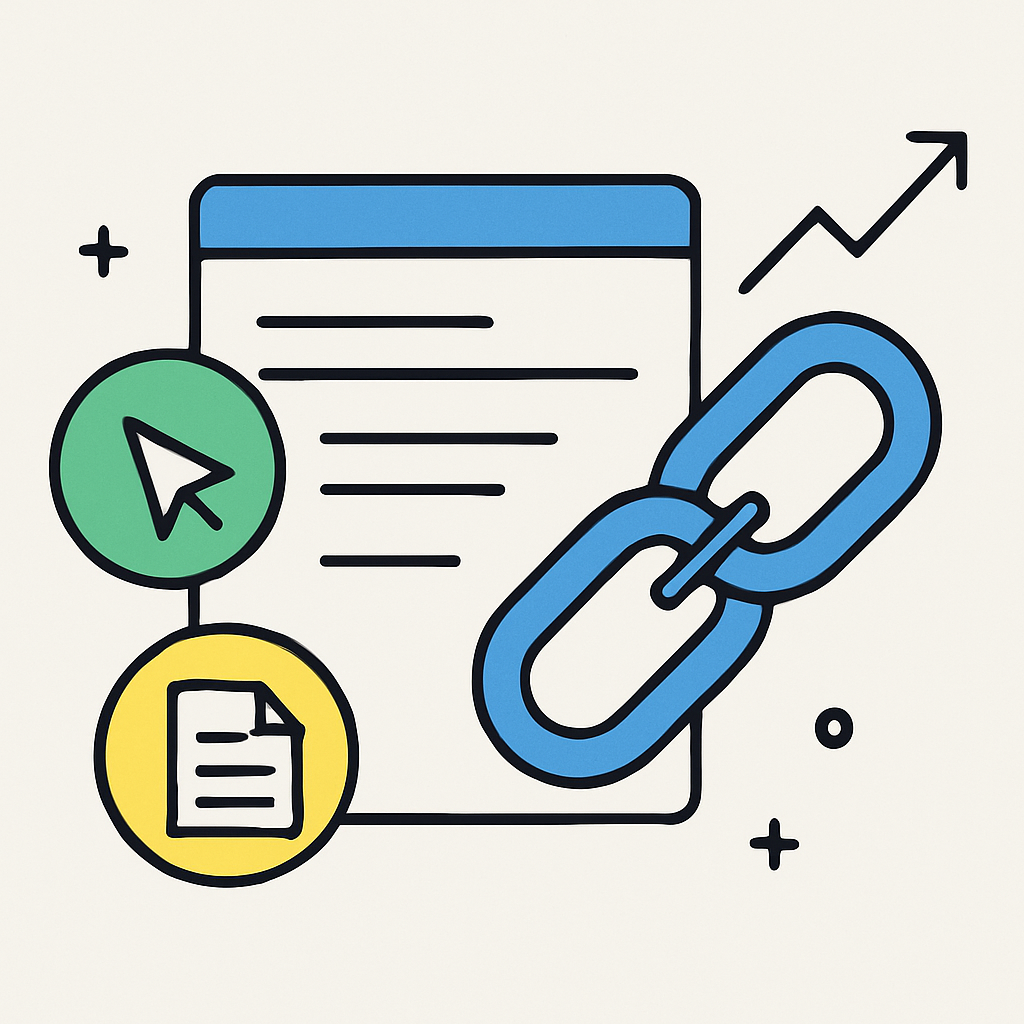





















![Backlink Profile: Analysis + [2 Perfect Examples]](https://clickass.io/wp-content/uploads/2024/01/Examples-of-Perfect-Backlink-Profile3-1.webp)
